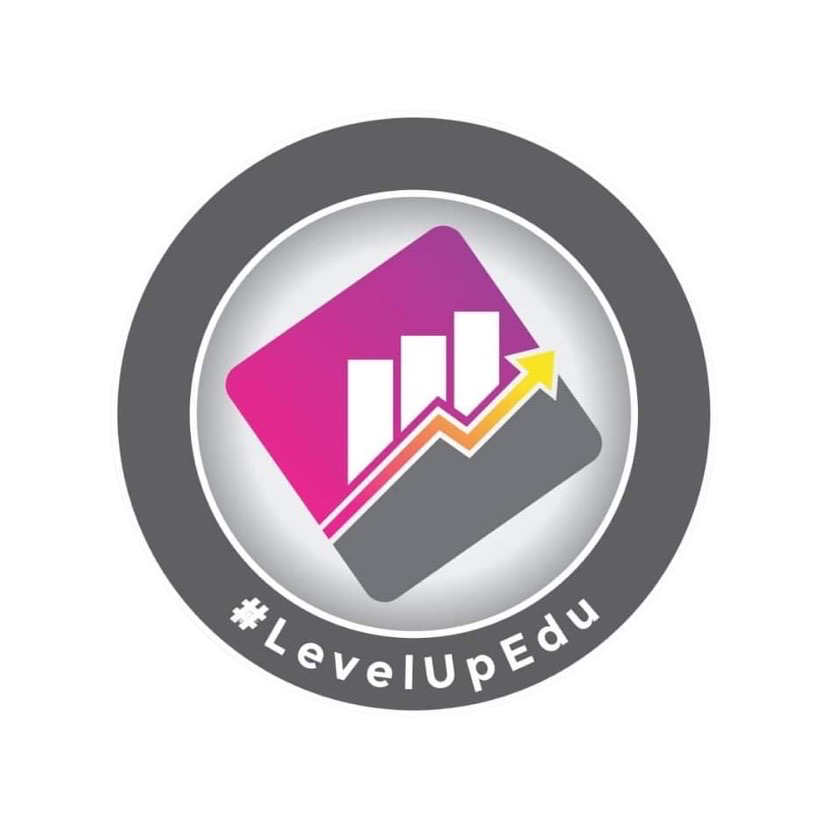Vetting Curriculum as a School District Leader Focused on Improving Student Learning Outcomes with Rigorous Standards-aligned Materials
This is a subtitle for your new post

As a school district leader dedicated to improving student learning outcomes, one of your critical responsibilities is to vet curriculum with a focus on rigorous standards-aligned materials. The curriculum forms the backbone of education, guiding what students learn and how they learn it. By ensuring that curriculum materials are aligned with rigorous standards, district leaders can set high expectations for student achievement and promote excellence across schools.
To begin, the first step in vetting a curriculum is to establish clear and specific learning goals based on state, national, or district standards. These standards outline the knowledge, skills, and competencies that students are expected to master at each grade level. By understanding these standards thoroughly, district leaders can identify gaps, prioritize essential concepts, and align curriculum materials accordingly.
Without a doubt, collaboration is essential in the curriculum vetting process. Engage curriculum specialists, subject matter experts, teachers, and administrators in the review and selection of curriculum materials. Consider forming curriculum review committees or task forces to ensure diverse perspectives and expertise contribute to the decision-making process.
Furthermore, when evaluating curriculum materials, prioritize alignment with standards, depth of content, and instructional rigor. Look for materials that provide clear learning objectives, scaffolded learning experiences, opportunities for critical thinking, and assessments that measure mastery of standards-aligned skills and knowledge.
In addition, quality and accuracy are paramount in vetted curriculum materials. Ensure that textbooks, digital resources, assessments, and supplementary materials are up-to-date, free from bias, and reflect diverse perspectives, cultures, and experiences. Conduct thorough reviews of content to verify accuracy and relevance to the curriculum standards.
Indeed, technology can play a valuable role in enhancing curriculum vetting and delivery. Explore digital platforms, interactive tools, and online resources that support standards-aligned instruction, personalized learning experiences, and data-driven assessment practices. It's crucial to provide training and support for teachers to effectively integrate technology into their instruction.
Most importantly, professional development is key to supporting teachers in implementing rigorous standards-aligned curricula effectively. Provide ongoing training, workshops, and resources focused on curriculum mapping, standards-based instruction, differentiated teaching strategies, and assessment practices aligned with learning objectives.
Finally, regular monitoring and evaluating curriculum implementation is crucial for continuous improvement. Collect feedback from teachers, students, and parents to assess the effectiveness of curriculum materials, instructional strategies, and student learning experiences. Use data analytics and assessment results to identify areas of strength and areas needing improvement, guiding ongoing curriculum revisions and enhancements.
In summation, vetting curriculum as a school district leader focused on improving student learning outcomes requires a systematic and collaborative approach that prioritizes standards alignment, instructional rigor, quality materials, technology integration, and ongoing evaluation. By ensuring that curriculum materials are aligned to rigorous standards and support high-quality instruction, district leaders can empower educators to foster meaningful learning experiences and achieve excellence in student outcomes across schools and grade levels.
